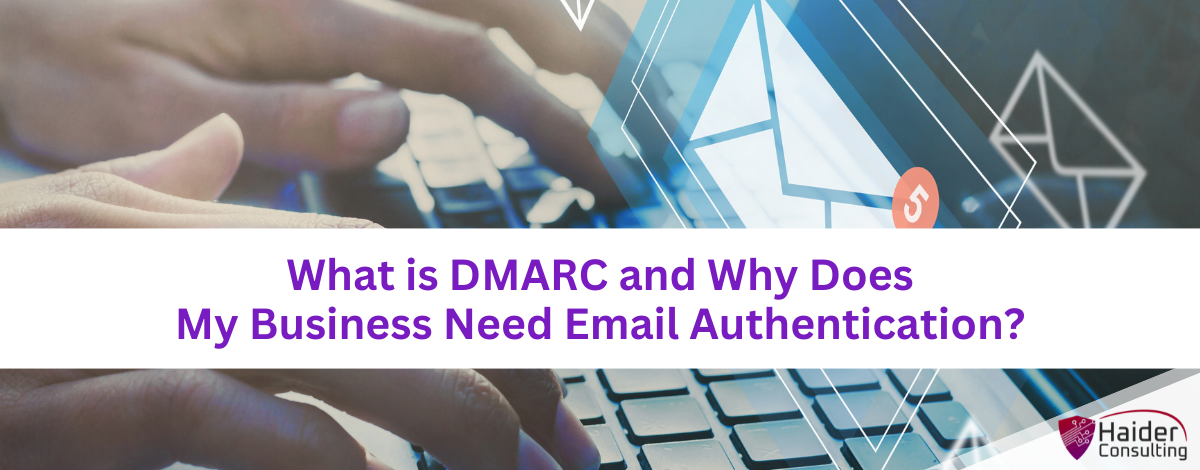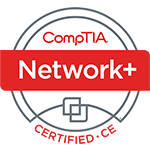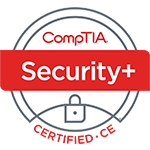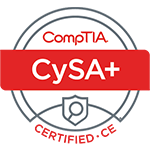You might be hearing a lot about email authentication these days, mostly because of the ongoing threat of phishing. Phishing has long been the leading cause of data breaches and security issues.
To fight against phishing, there’s a big change happening in the world of email. Email authentication is now a must-have for email service providers. It’s becoming crucial for maintaining your online communications safely.
Google and Yahoo, two of the biggest email giants, introduced a new DMARC policy starting in February 2024. This policy makes email authentication a key part of using Gmail and Yahoo Mail for business purposes.
But what exactly is DMARC, and why has it suddenly become so important? We’re here to clear things up and explain why email authentication is essential for your business now more than ever.
Understanding Email Spoofing and Its Risks
Imagine you get an email that looks like it’s from your bank asking for urgent action. You click the link, enter your details, and just like that – your information is stolen.
This trick is known as email spoofing. Scammers fake their email address to look like they’re someone you trust, like a well-known company. They might pretend to be a business and send emails to that business’s customers or suppliers.
The results of these scams can be severe for companies, leading to:
- Money loss
- Damage to their reputation
- Security breaches
- Losing future business opportunities
Email spoofing is an increasing issue, highlighting why email authentication is so vital.
Understanding Email Authentication
Email authentication helps confirm that an email is actually from who it claims to be. It checks the email server and reports unauthorized use of a company’s domain.
There are three main protocols used in email authentication, each serving a unique purpose:
- SPF (Sender Policy Framework): Identifies which IP addresses are allowed to send emails from your domain.
- DKIM (DomainKeys Identified Mail): Lets domain owners add a digital signature to their emails, which verifies their authenticity.
- DMARC (Domain-based Message Authentication, Reporting, and Conformance): Provides guidelines for email receivers on how to handle emails that fail SPF or DKIM checks. It also notifies domain owners if someone is misusing their domain.
SPF and DKIM help protect your emails. DMARC gives you the tools to enforce these protections and prevent scammers from impersonating your domain in their spoofing schemes.
Here’s a simple breakdown of how email authentication with DMARC works:
- Setting Up DMARC: You add a DMARC record to your domain’s server settings. This record tells email services like Google and Yahoo which IP addresses are allowed to send emails from your domain.
- Email Verification: When you send an email, the receiving mail server checks if it comes from an IP address that your DMARC policy authorizes.
- Taking Action: Depending on the rules you set in your DMARC policy, the receiving server may either deliver the email, reject it, or place it in quarantine if it seems suspicious.
- Receiving Reports: You receive reports from DMARC that tell you whether your emails are reaching their intended recipients and alert you if someone is trying to spoof your domain.
Why is the new DMARC policy from Google & Yahoo so important?
Previously, both Google and Yahoo provided spam filtering but didn’t strictly require DMARC policies. The new DMARC policy enhances email security significantly.
- Implementation: As of February 2024, any business sending over 5,000 emails a day must use DMARC.
- Smaller Volume Senders: There are also rules for businesses that send fewer emails, focusing on SPF and DKIM authentication.
Expect email authentication requirements to keep evolving. Staying updated is crucial for ensuring smooth email delivery for your business.
The Benefits of Using a DMARC Policy
But implementing DMARC does more than just help you in compliance. There is a whole range of benefits for your business, including:
- Protects Your Brand: DMARC helps stop email spoofing, which can damage your reputation and lose customer trust.
- Boosts Email Deliverability: With DMARC, your legitimate emails are more likely to land in the inbox rather than the spam folder.
- Offers Insights: DMARC reports provide detailed information about how servers handle your email. This can help you spot potential problems and improve your email security.
Take Action: Put DMARC into Place!
Implementing DMARC is more crucial than ever, especially when you consider how often hackers spoof emails. But here’s the basics of how to start using DMARC for your emails:
- Learn About DMARC: Understand what DMARC does and your options for using it.
- Get Expert Help: Talk to your IT team or a security service provider for guidance.
- Monitor and Update: Keep an eye on how it’s working and make changes when needed.
Need Assistance with Email Security?
DMARC is a crucial part of your email security strategy, but it’s not the only one. Setting up proper email authentication, encryption, and filtering, is vital in today’s digital world. If you need help implementing these security measures, we’re here to assist.
Reach out to us today to talk about how we can help!
Book My 15-Minute Call





